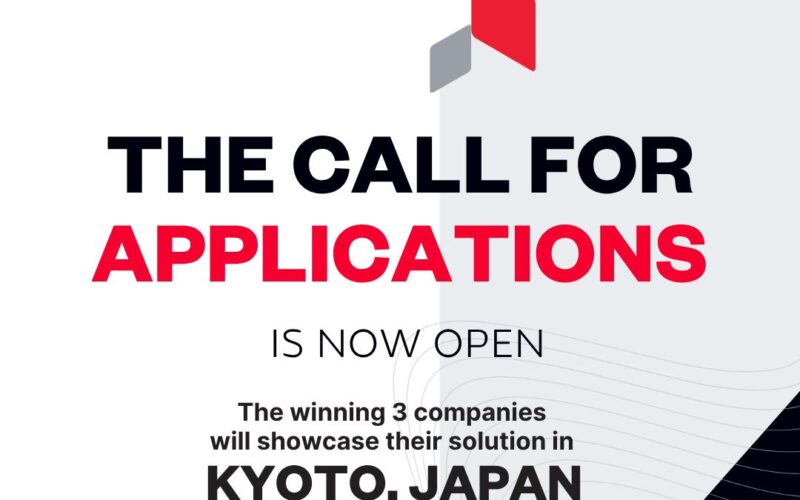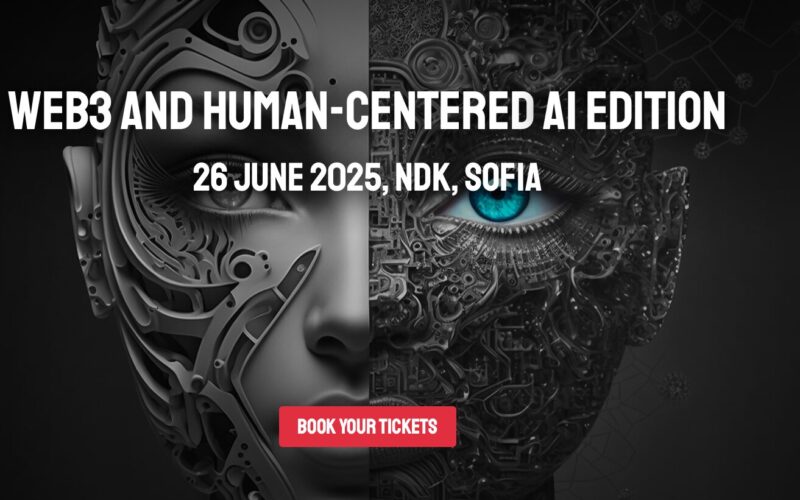Bota systems is a Swiss based startup company in robotic area with composed from experienced engineers in robotics and experts with many years of development of robotic systems and sensors. Kristiyan Mihaylov from PARA had a chance to talk with Klajd Lika, Robotics Hardware Engineer from Bota.
KM: Recently your company BOTA systems developed 6-axis Force Torque Sensor with IMU (Inertial Measurement Unit.). Share more about the product and what problem you solve.
KL: In the near future, we will have robots that work in a dynamic environment and safely interact with humans. In contrast to existing industrial solutions, this requires tactile and force controllable systems. BOTA Systems goal is to provide a key element enabling the introduction of robots in our daily lives. For Instance, interaction with production robots is still dangerous and in most cases, they are enclosed in cages or have limited speed in order to protect humans from injuries. While this decreases the probability of accidents, it also decreases the productivity for a robotic installation and hence the pay back period. An ideal force sensitive robot could solve this problem by simply feeling the applied forces on a human or an object. Current technologies measure or estimate the interaction forces indirectly. These alternatives do not offer the necessary redundancy that a robotic system is required to have for its functionality and safety assessment. Production, inspection, rehabilitation, assistive and manufacturing robots or devices lack in a solution to measure reliably forces. Efficiency and utilization of these systems is still limited by current technologies.
KM: On what stage is your product? Do you consider a mass production soon?
KL: Introduction of robust force sensing systems could create economic and technological benefits and an impact in our society. Our team is developing highly integrated and cost effective force and torque sensors that measure the interaction forces with significantly higher precision and repeatability than existing alternative technologies. Our scalable sensor technology will allow robot manufacturers, integrators and users to enhance the capabilities of their systems for a small fraction of the total cost. Specifically, our sensing solution provides a very small form/weight factor able for tight integration in robotic joints or end-effectors for a significantly low price compared to what it usually costs to equip a robot with such a system. Moreover, it adds the required redundancy to increase the safety performance level of an automated system as suggest from International Standardization Organization (ISO). We have a market ready product at Technology Readiness Level 9 and by end 2020 we expect to sell more than 2000 units.
KM: Where do you see robots in the future?
KL: We have already seen robot adoption in production and maintenance and at a less extent to inspection, rehabilitation, surgery, logistics, maintenance, agriculture and construction. The adoption in the last aforementioned cases will increase exponentially in the next years. In the next 10 years, robots will be able to have an impact in our everyday life like smartphones did a couple of decades ago. We expect robots to create impact in our jobs, entertainment and interpersonal relationships.
KM: Startups in the area of robotics fail very often. How your company succeeded? What advice you can share with the robo entrepreneurs out there?
KL: Once we succeed, we will let you know how we did it (joke). I am not really sure if I can relate with that. I have seen many companies succeed so far already. In our case we needed a lot of persistence and passion on what we were doing. We started by having a first prototype that we thought we could potentially commercialize. And this was, shortly after our studies. Not sure how commercialization could happen at the time, but we had the will to do it, whatever it would take. We studied many books to learn how, to whom and why to sell something and how to get ready for these. After many years we came to realize that usually people start business the other way around. They set an economical-social-technological goal and break it down to sub goals. One of them is the development of the required technology that is going to be sold. Robotic business though, is a cash intensive case due to the development costs. More money should be spent into engineering. A robo entrepreneur can save many millions by hiring the right persons. We were lucky to be ourselves these persons and most of the development work could be done with the right motivation and excellence at a very low cost. We also studied many books on how to make a business and we did at the right time.
Therefore, if the entrepreneur is also the inventor I would advise to read business and management books to get ready to know what it takes to sell. On the other hand, if the entrepreneur has a business background, I would advise to hire the right persons and make sure to have established an excellent channel of communication between them. Make sure that they understand and they share your goals.
Last tip would be to put a factor of 3 when you are calculating the development costs of a robotics product.
KM: In Bulgaria science and business is still in a matching process. Which examples from ETH you can give as success stories, since you are also Scientific Assistant?
KL: In Switzerland and especially in ETH there is an effort for technological transfer from research to society. This gives researchers the ability to get funded, to get mentorship on their business adventures and most important to feel safe that the benefits of their research outcome will be fairly distributed among the ones who deserve them.
For instance, ETH Transfer makes sure to answers all questions related to research contracts with industry, inventions, patent applications and licensing:
https://ethz.ch/en/the-eth-zurich/organisation/staff-units/eth-transfer.html



